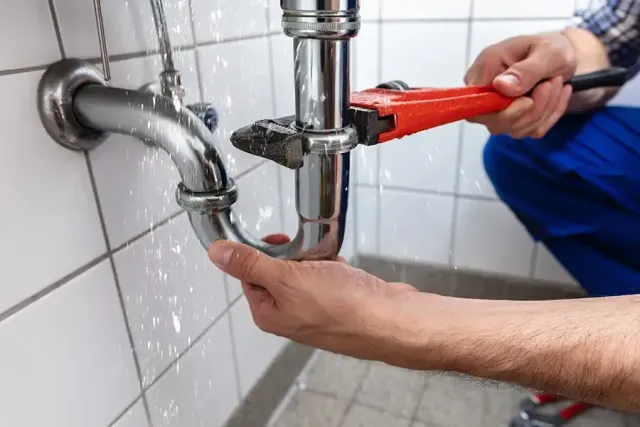Plumbing emergencies can be stressful and overwhelming, especially when water is gushing everywhere and you’re not sure what to do. But before you call a plumber, there are several steps you can take to minimize the damage and make the repair process easier.
In this blog, we’ll cover the basics of emergency plumbing service and provide you with a step-by-step guide on what to do before the plumber arrives.
Step 1: Turn Off the Water Supply
The first and most important step in any plumbing emergency is to turn off the water supply. This will prevent further damage and flooding. To do this:
- Locate the main shut-off valve, usually found near the water meter or where the water line enters your home.
- Turn the valve clockwise to shut off the water supply.
- If you’re not sure where the shut-off valve is or how to turn it off, don’t hesitate to call a plumber for assistance.
Step 2: Contain the Damage
Once the water supply is turned off, it’s essential to contain the damage. This will prevent water from spreading to other areas of your home and make the cleanup process easier. To do this:
- Use towels, buckets, or wet/dry vacuums to remove standing water.
- If the leak is coming from a pipe, try to locate the source and use a pipe clamp or tape to temporarily stop the leak.
- If the leak is coming from a fixture, such as a toilet or sink, try to turn off the water supply to that specific fixture.
Step 3: Identify the Source of the Problem
Before the plumber arrives, try to identify the source of the problem. This will help the plumber diagnose the issue more quickly and efficiently. To do this:
- Look for signs of water damage, such as water spots, warping, or mineral deposits.
- Check for loose connections, corroded pipes, or other visible signs of wear and tear.
- If you’re not sure what’s causing the problem, don’t worry – the plumber will be able to diagnose the issue and provide a solution.
Step 4: Gather Information
Before the plumber arrives, gather as much information as possible about the problem. This will help the plumber understand the issue and provide a more accurate estimate. To do this:
- Take photos or videos of the damage or leak.
- Write down the location of the leak or problem.
- Note the time and date of when the problem occurred.
- If you’ve already turned off the water supply, let the plumber know.
Step 5: Call a Plumber
Finally, it’s time to call a plumber. When you call, be prepared to provide the information you’ve gathered, including photos, videos, and details about the problem.
Tips and Reminders
- Always keep the phone number of a trusted plumber handy.
- Consider investing in a water detection system to alert you to potential leaks.
- Regular maintenance can help prevent plumbing emergencies – schedule regular check-ups with your plumber.
Conclusion
Commercial Plumbing emergencies can be stressful, but by following these steps, you can minimize the damage and make the repair process easier. Remember to stay calm, turn off the water supply, contain the damage, identify the source of the problem, gather information, and call a plumber. With these tips, you’ll be well-prepared to handle any plumbing emergency that comes your way.
Additional Resources:
- American Society of Plumbing Engineers (ASPE): A resource for plumbing professionals and homeowners.
- Plumbing-Heating-Cooling Contractors Association (PHCC): A trade association for plumbing, heating, and cooling contractors.
- National Kitchen and Bath Association (NKBA): A trade association for kitchen and bath professionals.
